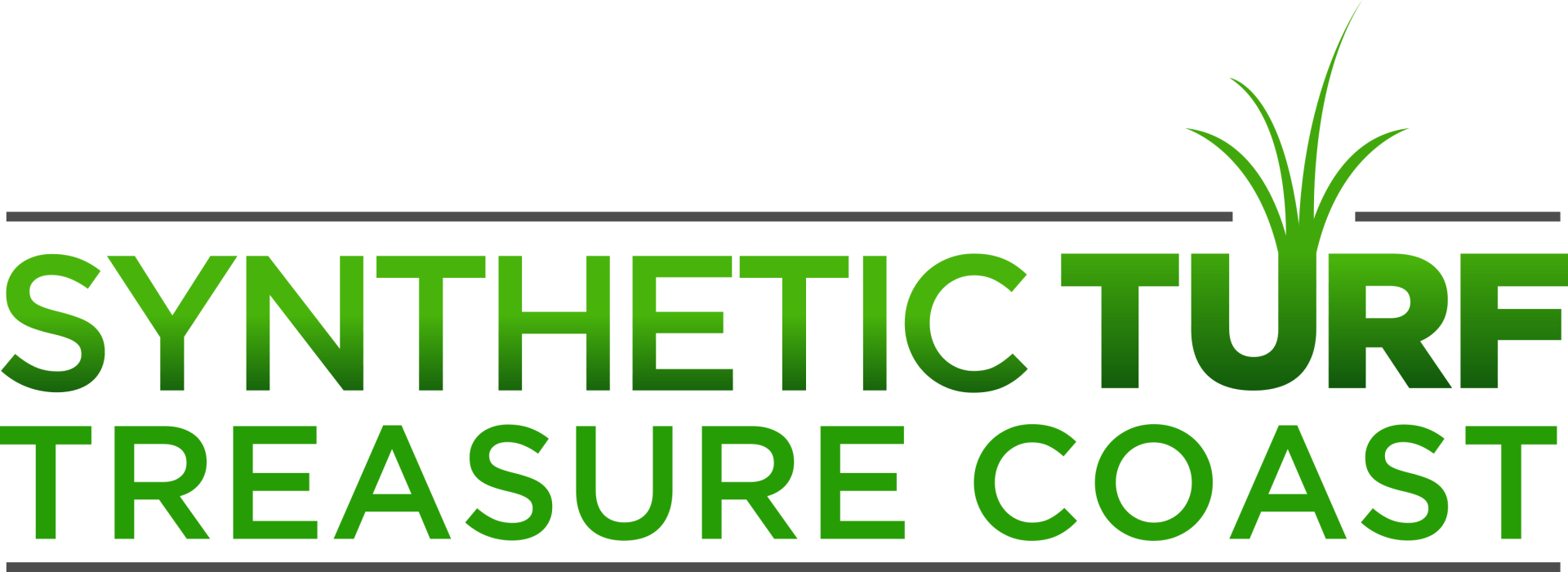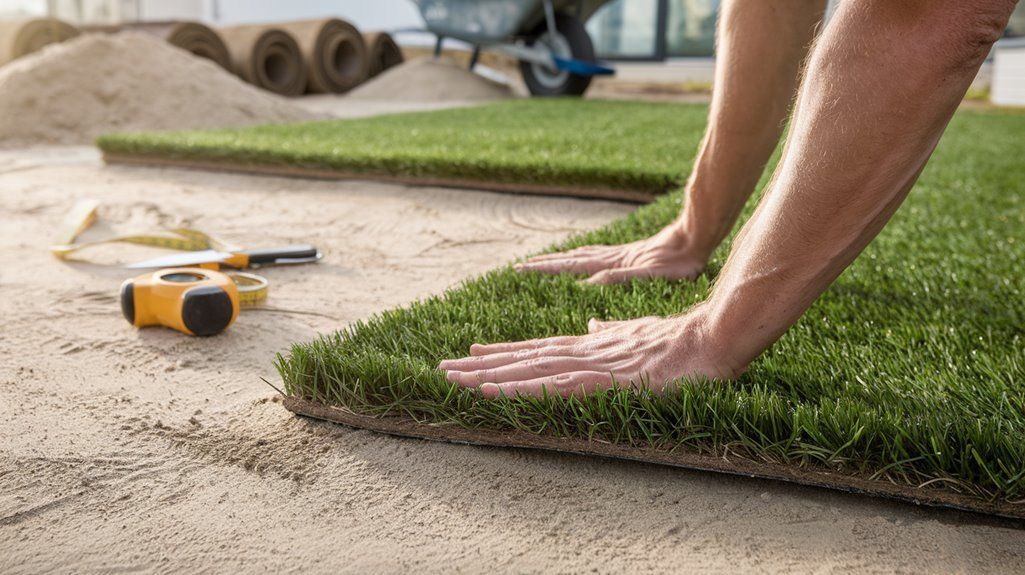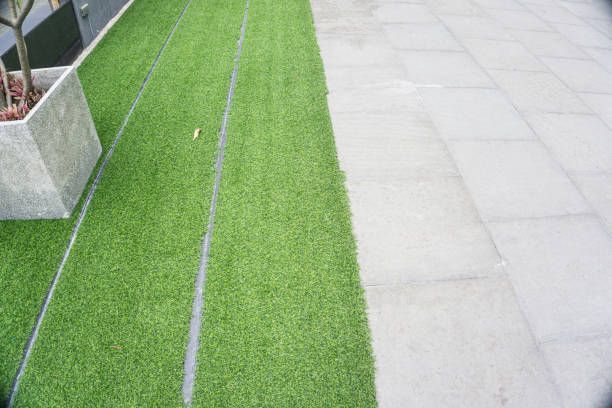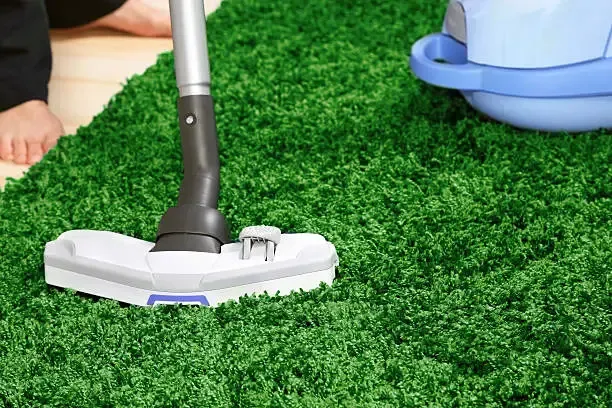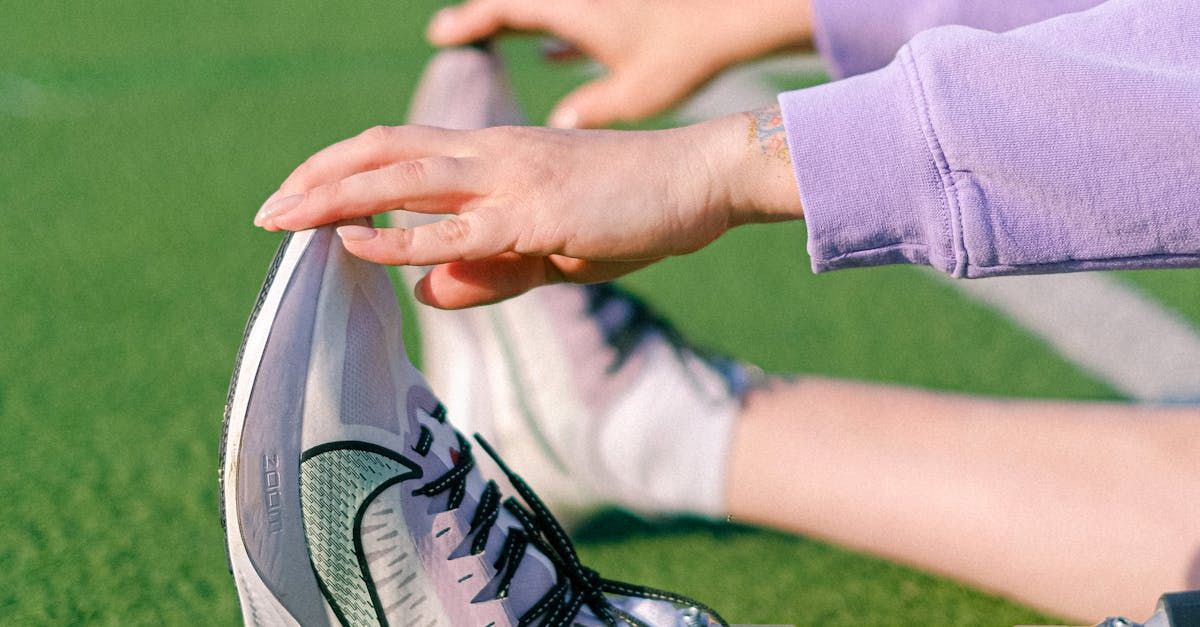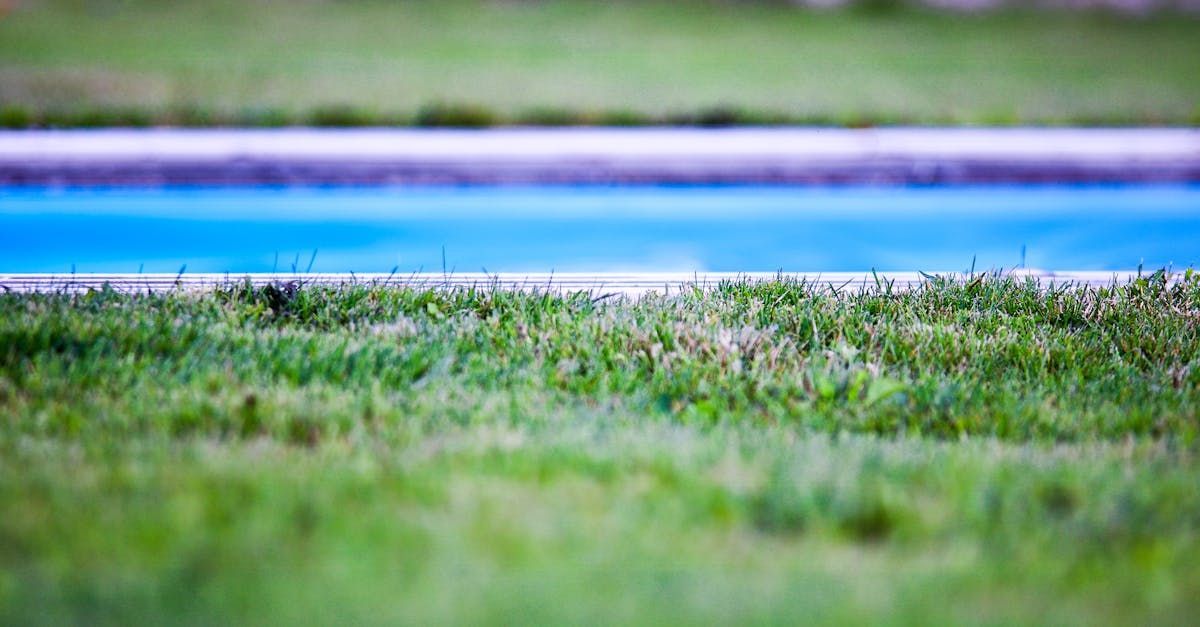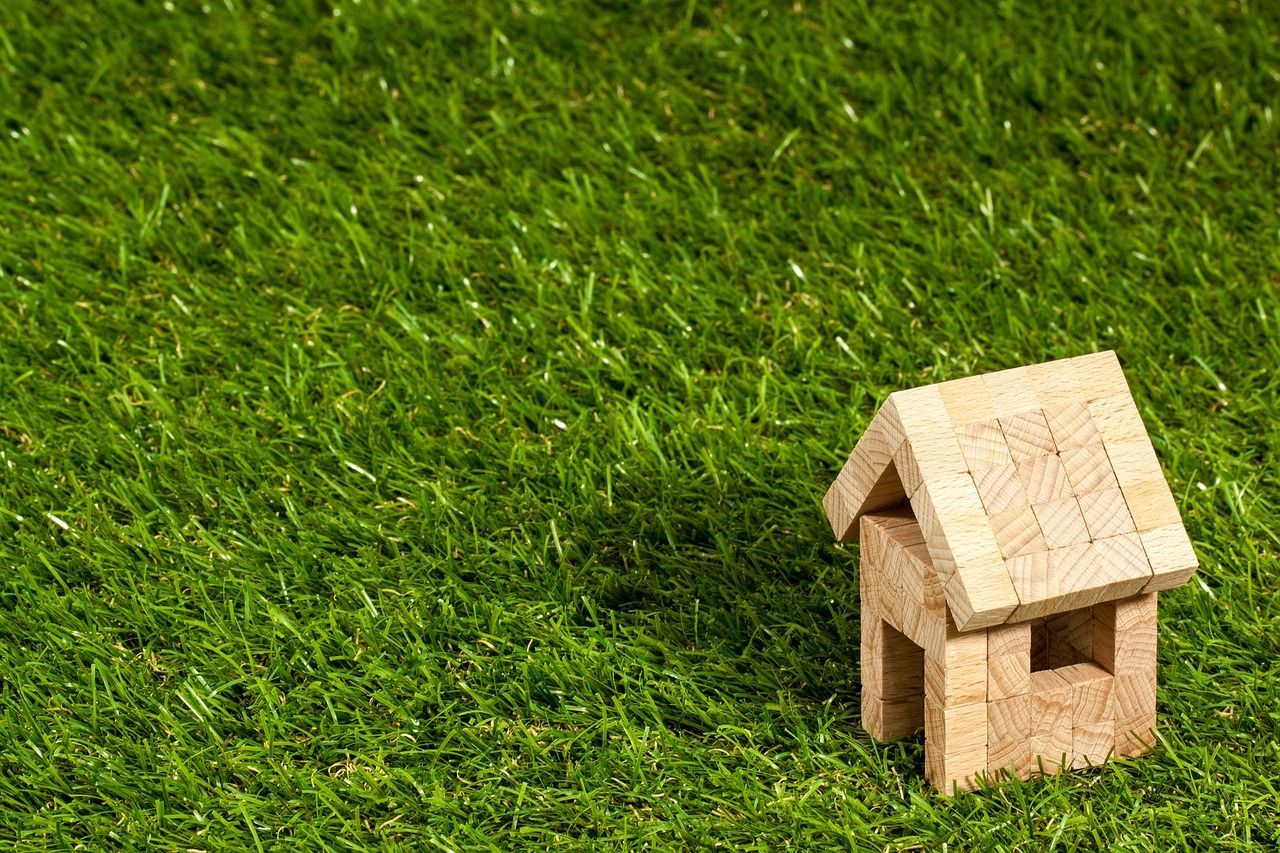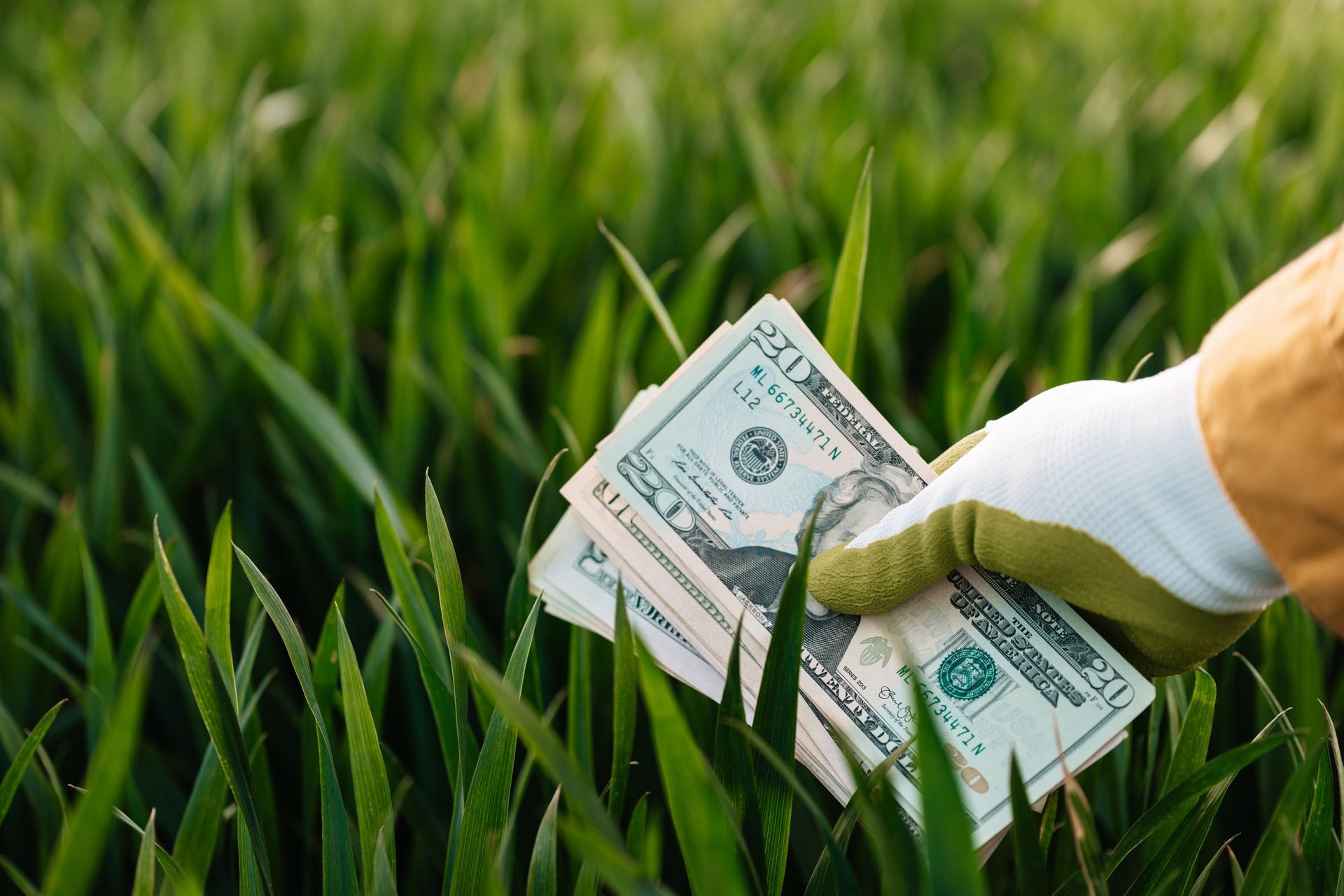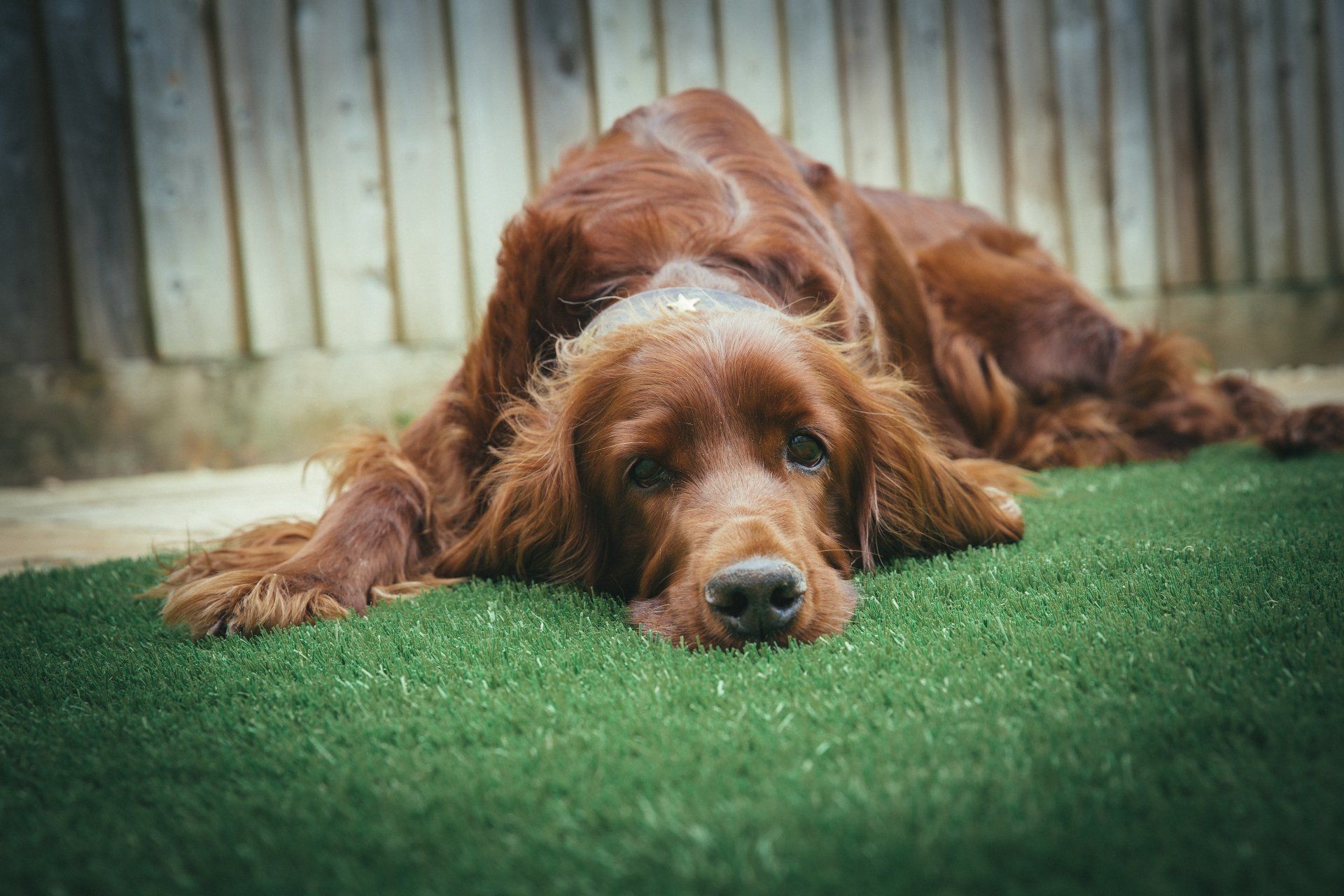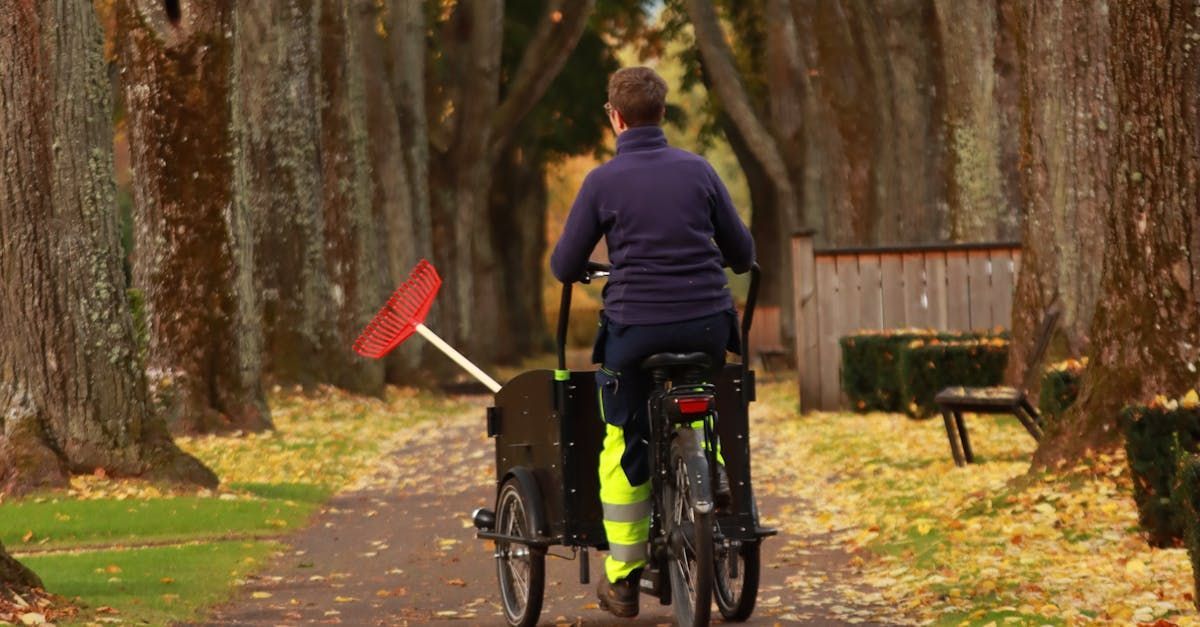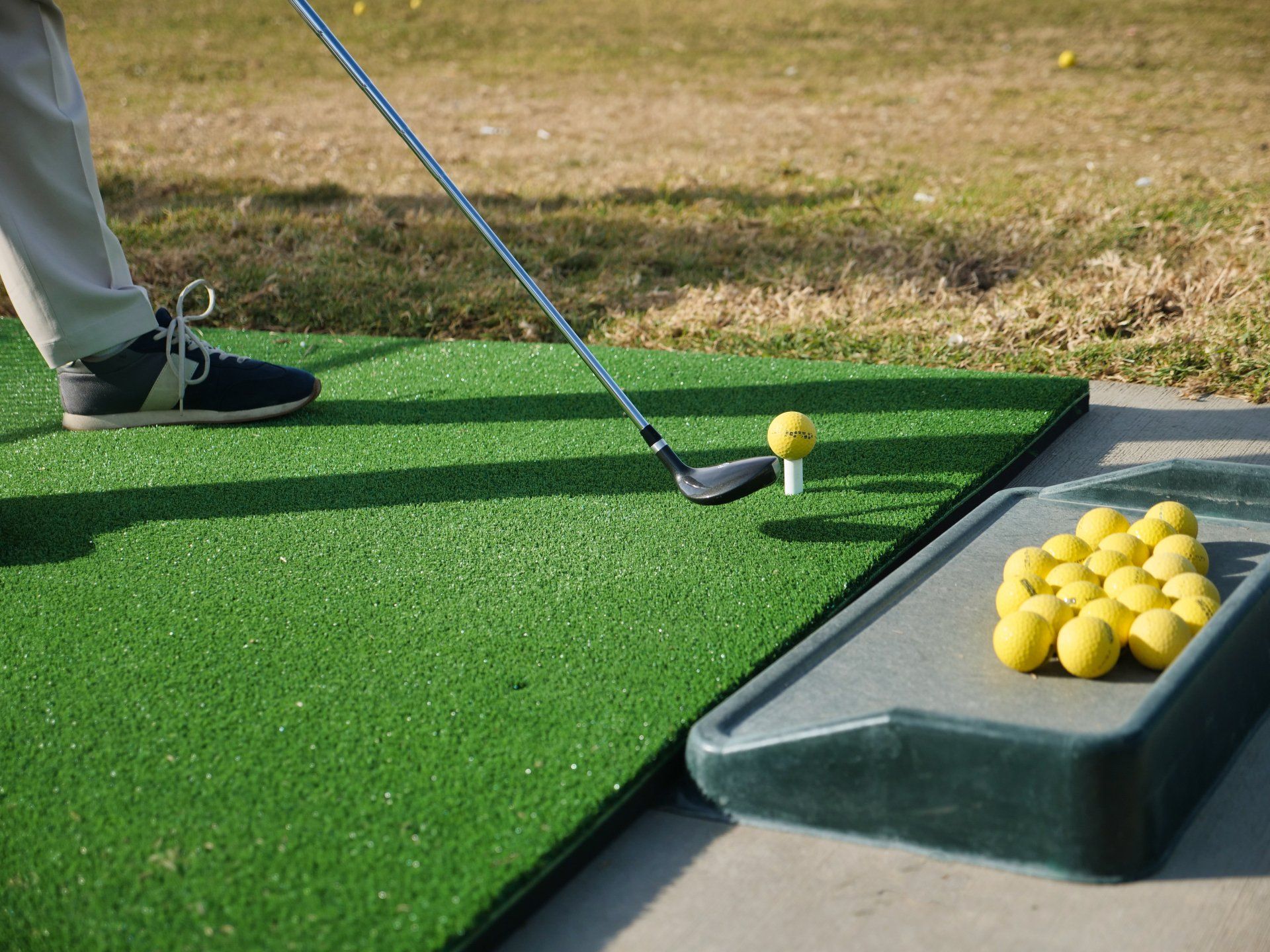Best Base for Synthetic Grass
As we all know, synthetic grass is becoming more and more popular these days, especially in drought-prone areas. But what is the best base for synthetic grass? In this article, we will explore the different types of bases and their pros and cons.
Concrete Base
Concrete is the most popular choice for a synthetic grass base. It is strong and durable, and it can withstand heavy traffic. However, concrete is also very hard and can be unforgiving if you fall on it. In addition, it can be very hot in the summer, which can make playing on synthetic turf uncomfortable. However, if you want to ensure your lawn looks great for years to come, you'll need to install a concrete base first. Here's why: Synthetic turf requires good drainage in order to stay looking lush and green. Concrete helps to direct water away from the turf and keep it looking healthy. Plus, a concrete base makes your lawn more resistant to wear and tear.
Pros- Strong and durable
- Can withstand heavy traffic
Cons
- Hard and unforgiving
- Can be very hot in the summer
Asphalt Base
Asphalt is another popular choice for a synthetic grass base. It is not as hard as concrete, but it is still strong and durable. In addition, asphalt is cooler than concrete, making it a more comfortable choice in the summer. However, asphalt can be more difficult to repair if it cracks or breaks. Asphalt is an ideal base for synthetic grass because it has a stable moisture content, drains well and is durable. Additionally, asphalt is a relatively inexpensive surface to install. Asphalt is strong and durable, meaning it can support the weight of synthetic grass without breaking down over time. Additionally, it resists fading and other forms of weather damage, making it a great option for installations that will be exposed to the elements. Finally, asphalt is relatively affordable compared to other options such as concrete. If you’re considering installing artificial turf, asphalt is a great option for your project.
Pros
- Not as hard as concrete
- Cooler than concrete
- Durable and strong
Cons
- More difficult to repair if it cracks or breaks
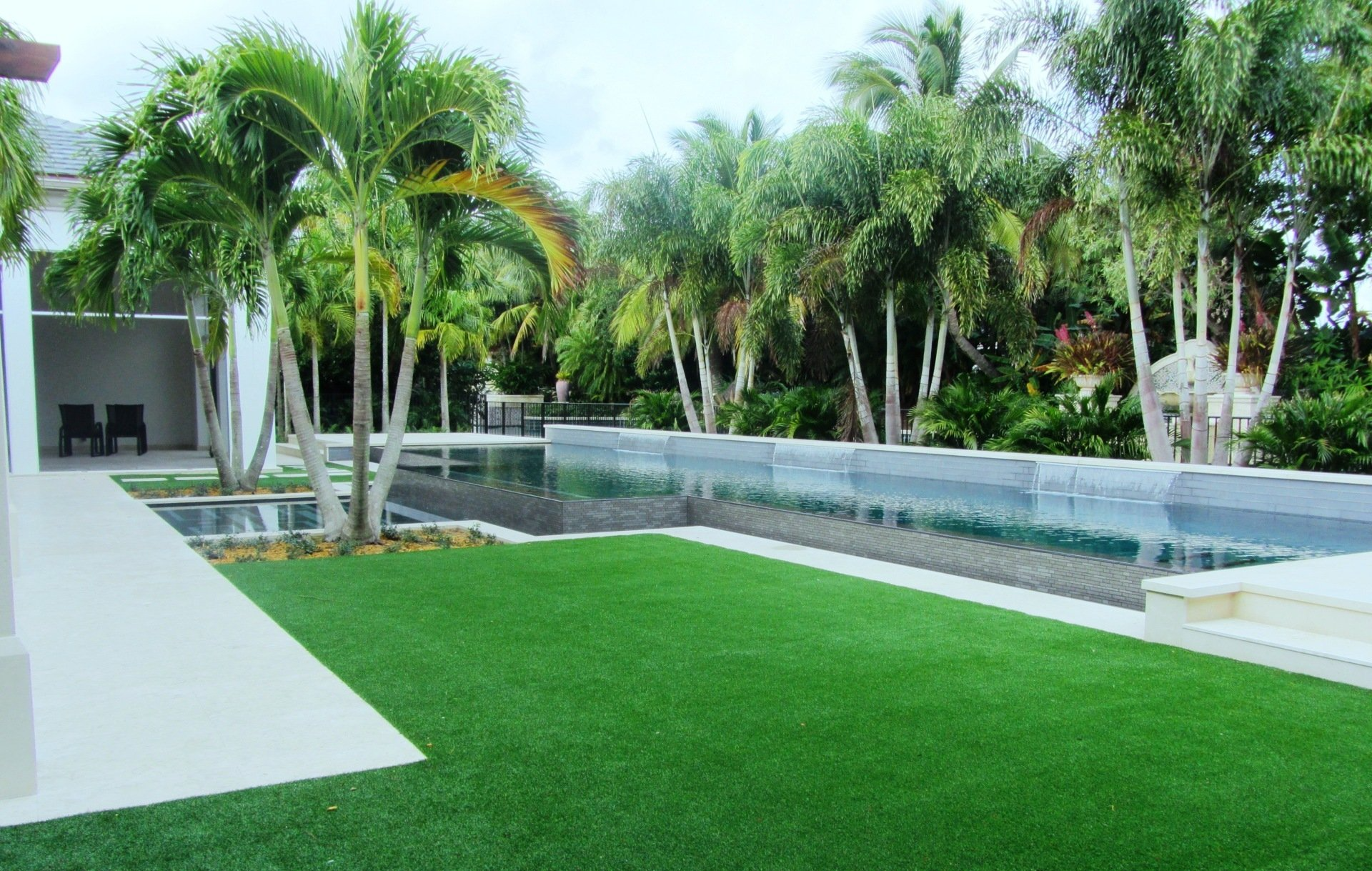
Gravel Base
A gravel base is a good choice for synthetic grass because it is easy to install and maintain. In addition, gravel is very forgiving if you fall on it, and it stays cool in the summer. However, gravel can be difficult to clean, and it can also get caught in your shoes and tracked into your home .
Installing gravel as a base for synthetic grass is a great way to make the surface more durable and long lasting. Gravel provides a firm foundation that helps to prevent gapping and displacement of the turf. It is also an effective way to keep weeds from growing through the artificial turf. In addition, installing a gravel base can significantly reduce the amount of infill material needed to maintain your synthetic lawn. Choosing the right type of gravel is essential for getting the most out of your installation.
It is a stable surface that will help to keep your lawn looking good for years to come. In this post, we'll discuss the benefits of using gravel as a base for your synthetic grass installation, and we'll provide tips on how to get the job done right.
Pros
- Easy to install and maintain
- Forgiving if you fall on it
- Stays cool in the summer
Cons
- Difficult to clean
- Can get tracked into your home
No matter what type of base you choose for your synthetic grass, be sure to consult with a professional before installation. They will be able to help you choose the best option for your needs and ensure that your lawn looks great for years to come.
Preparation
Whether you're installing synthetic grass on your front lawn, back patio, or commercial space, you'll need to start with a concrete base. Concrete is the best material for artificial turf because it provides a stable surface that won't shift or settle over time
If you're installing turf on bare ground, you'll need to excavate the area first. The depth of your excavation will depend on the type of soil you have. If you're not sure how deep to dig, consult with a professional before you begin.
Once you've excavated the area, spread a layer of gravel over the surface. The gravel will help to improve drainage and prevent weeds from growing through the turf. Use a rake to level the gravel and make sure it's evenly distributed.
If you're installing turf on an existing concrete surface, you'll need to clean the area first. Remove any debris or weeds that are growing in the cracks. You may also need to sand down the surface to rough it up and provide a better grip for the turf.
Once you've prepared the area, you're ready to install your synthetic grass! Be sure to consult with a professional before installation to ensure that the job is done correctly.
Installation
Installing synthetic turf is a big job, but it's one that you can do yourself if you're feeling handy. The first step is to roll out the turf on top of the prepared surface. Be sure to leave enough room for trimming later on. Once the turf is in place, use a sharp knife or power cutter to trim it to size. Next, secure the turf in place using landscape staples. Drive the staples into the ground at an angle so that they're flush with the turf.
Finally, infill the turf with crumb rubber or sand. This will help to weight it down and keep it in place. Be sure to brush the infill material against the grain of the turf to ensure that it's evenly distributed.
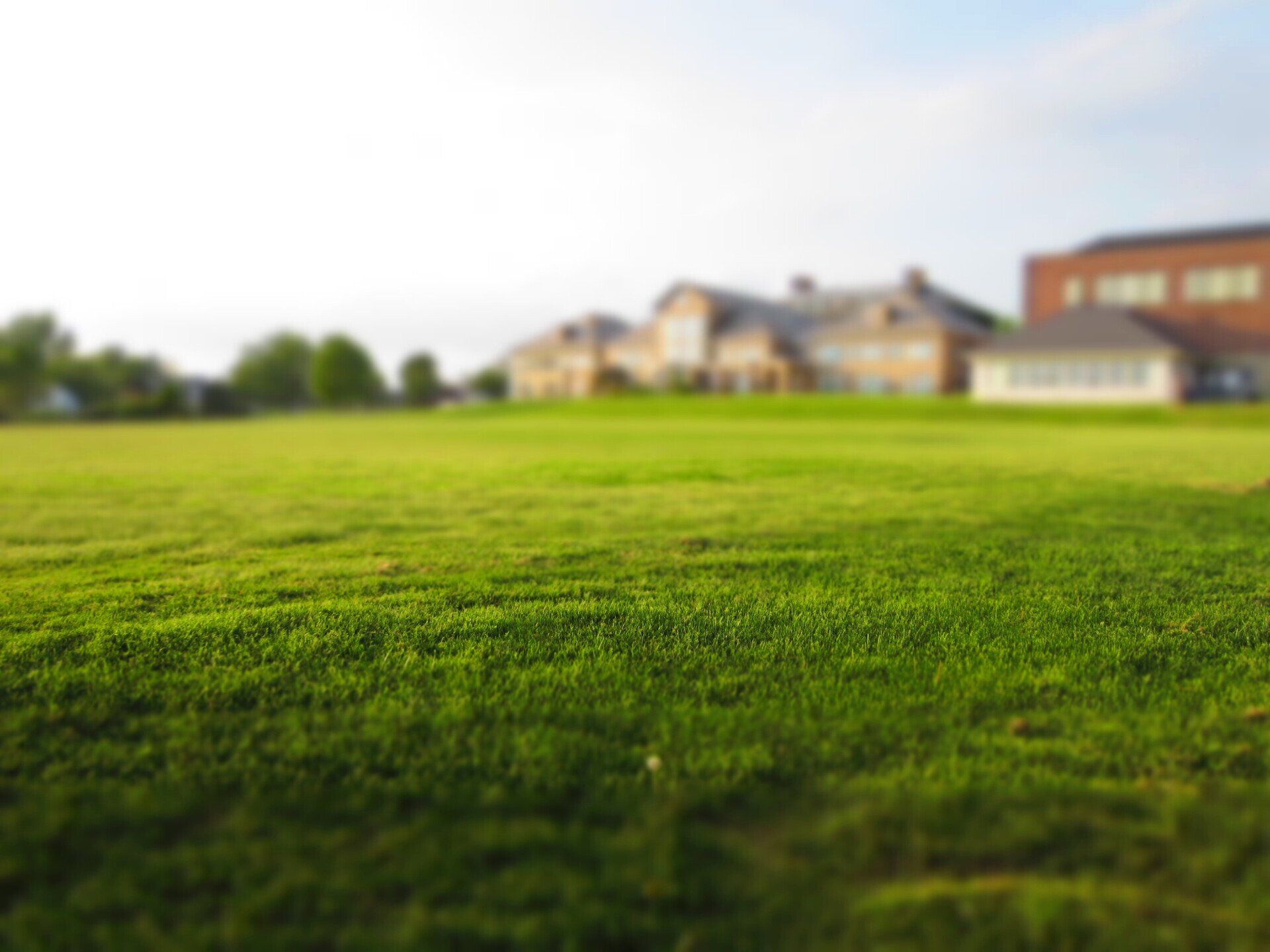
Summary
Installing gravel as a base for synthetic grass is a great way to make the surface more durable and long lasting. Gravel provides a firm foundation that helps to prevent gapping and displacement of the turf. It is also an effective way to keep weeds from growing through the artificial turf. In addition, installing a gravel base can significantly reduce the amount of infill material needed to maintain your synthetic lawn. Choosing the right type of gravel is essential for getting the most out of your installation. Be sure to consult with a professional before installation to ensure that the job is done correctly.
About the author
Kathy Leavell
Kathy Leavell is the founder and owner of Synthetic Turf Treasure Coast, a leading provider of synthetic grass solutions for residential and commercial properties in Florida. With over a decade of experience in the industry, Kathy has become a recognized expert in synthetic turf installation, maintenance, and repair. Under her leadership, Synthetic Turf Treasure Coast has earned a reputation for exceptional customer service and high-quality workmanship.
Prior to starting her own business, Kathy worked in sales and marketing roles at several major synthetic turf manufacturers.

Contact
- Mon - Thu
- -
- Friday
- -
- Sat - Sun
- Closed
Hobe Sound, FL, United States
All Rights Reserved | Synthetic Turf Treasure Coast
